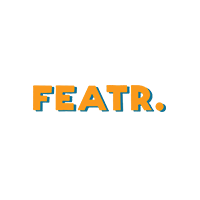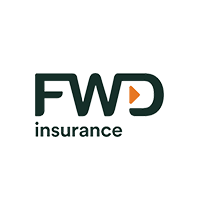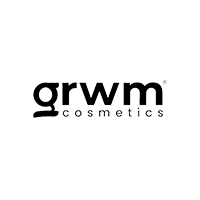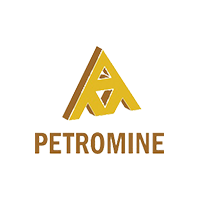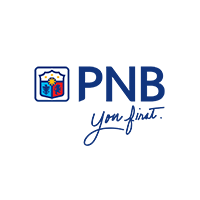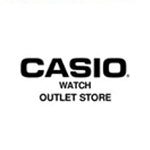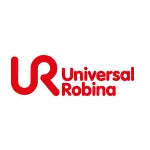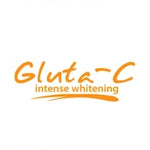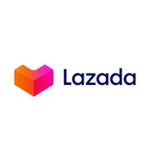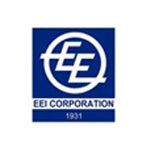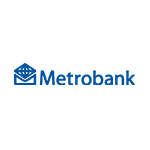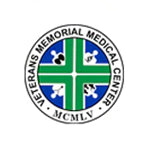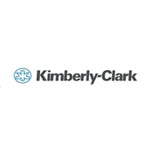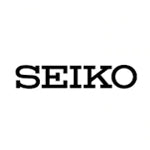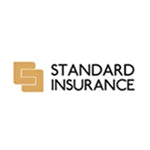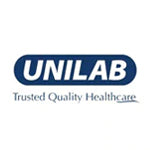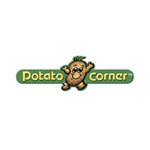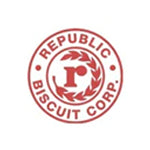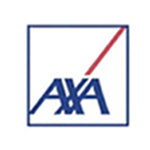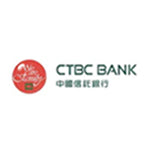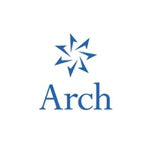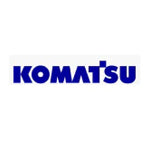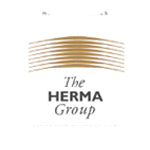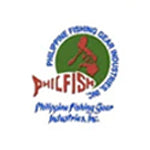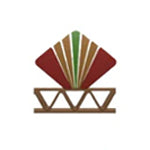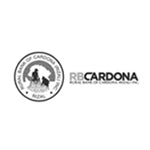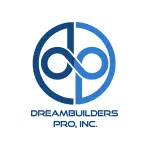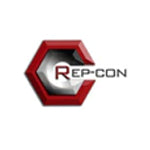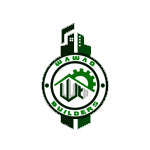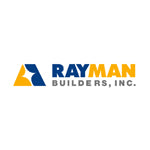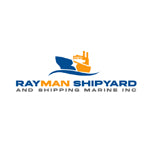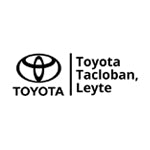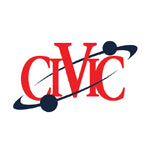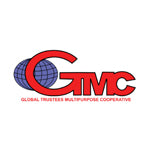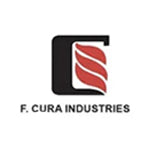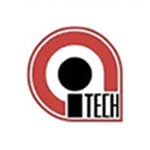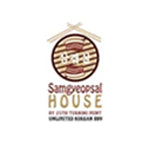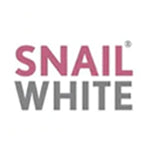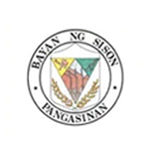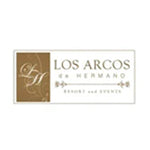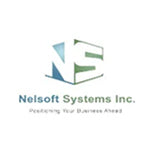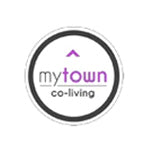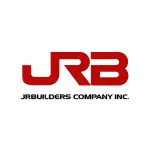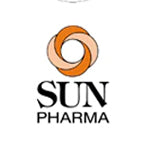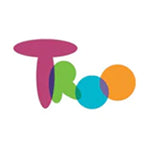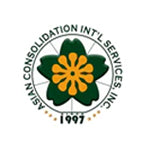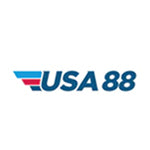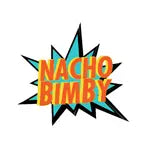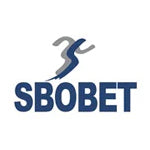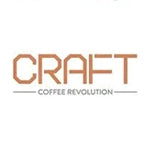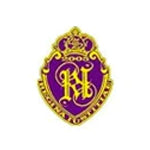What machine do I need to make custom patches?
So you’re ready to turn ideas into wearable art—nice! If you’re wondering what machine (or machines) you actually need to make custom patches, here’s a simple, no-nonsense guide from a team that lives and breathes craftsmanship.
The short answer
If you’re making classic embroidered patches, your essential machine is a computerized embroidery machine. Everything else levels up quality, speed, and finishing.
Your “Starter Kit” (for serious beginners)
1) Computerized Embroidery Machine — the hero.
-
Look for multiple needles (so you can run several thread colors without rethreading).
-
A reliable hooping system keeps fabric stable and designs crisp.
-
Pairs with digitizing software (more on that below) to interpret your art as stitch paths.
2) Digitizing Software — the brain.
-
Converts your logo/artwork into stitches (satin, fill, run, etc.), controls density, pull-compensation, underlay, and trims—aka the difference between “OK” and “whoa.”
3) Heat Press or Household Iron — for backings.
-
Many patches use a heat-activated (iron-on) layer. A heat press gives consistent temperature, pressure, and time for durable adhesion.
4) Basic Sewing Machine — for attach or applique.
-
Handy for sewing patches onto garments, and for applique-style patch builds before edging.
The “Level-Up” Finishing Gear (for that factory look)
5) Merrow/Overlock Edging Machine — signature patch edge.
-
Creates that thick, rounded border you see on premium patches. Clean, professional, and durable.
6) Laser Cutter or Die Cutter — perfect shapes every time.
-
Lasers seal edges on twill and felt to prevent fraying and let you cut intricate outlines.
-
If you’re not using a laser, sharp shears + edge sealing can work, but it’s slower.
7) Standalone Bobbin Winder & Thread Tools
-
Keeps tension consistent and downtime low. Small quality-of-life upgrade with big results.
Materials & extras you’ll use with those machines
-
Patch base fabrics: twill, felt, denim, canvas (stable and patch-friendly).
-
Stabilizers: cut-away/tear-away or specialty patch films to keep stitches tight.
-
Backings: iron-on, sew-on, hook-and-loop, or adhesive, depending on how the patch will be used.
-
Threads & needles: durable polyester threads + correct needle sizes (sharp for woven twill, ballpoint for knits).
-
Hoops/frames: standard hoops work; magnetic hoops make repeat runs faster and flatter.
Do I need all of these to start?
Nope. Start with:
-
Embroidery machine + digitizing software,
-
Good stabilizer + patch base fabric,
-
Heat press if you want iron-on backs.
As orders grow (or if you want that iconic merrowed edge and laser-clean shapes), add the merrow machine and laser cutter. Many small studios also outsource those two finishing steps until volume makes owning them practical.
What about other patch styles?
-
Woven patches use looms and are a different production setup—great for tiny details but not an embroidery-machine job.
-
PVC, chenille, or 3D puff each have specialized equipment and processes. If you’re focusing on embroidered custom patches, stick to the gear above.
Pro workflow at a glance
-
Digitize your artwork (set stitch types, directions, densities).
-
Hoop fabric with stabilizer.
-
Embroider the design (tackdown > fills > details > border).
-
Cut to shape (laser/die/scissors).
-
Edge with a merrow machine (or run a stitched border + heat-seal).
-
Apply backing (iron-on, hook-and-loop, or leave sew-on).
-
Press & inspect for a flat, polished finish.
Want patches without buying a shop’s worth of machines?
That’s where we come in. At Craft Clothing, we obsess over stitch quality, durable edges, and finishes that survive real-world wear and tear. If you’d rather focus on design and brand building, we’ll handle the heavy lifting—from digitizing to edging to the right backing for your use case.
Explore our custom patches and let’s craft pieces your team, customers, or fans will proudly wear for years.




